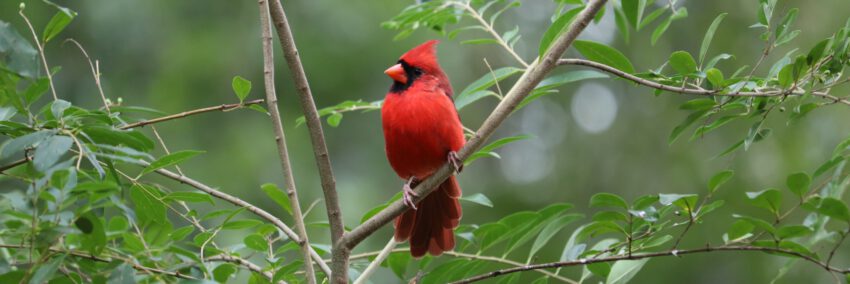I have been very privileged in that I have lived in many places around the world, almost always with a garden or nearby green space. And I have enjoyed watching beautiful and/or funny birds in all of them. From gregarious gold finches and cute tits in Europe, bright red cardinals and aggressive hummingbirds in north America, prehistoric looking go-away birds (aka gray lourie) and hoopoes in Africa, to colourful but extremely noisy cockatoos and parakeets in Australia. Getting to watch them from my window always fills me with joy.
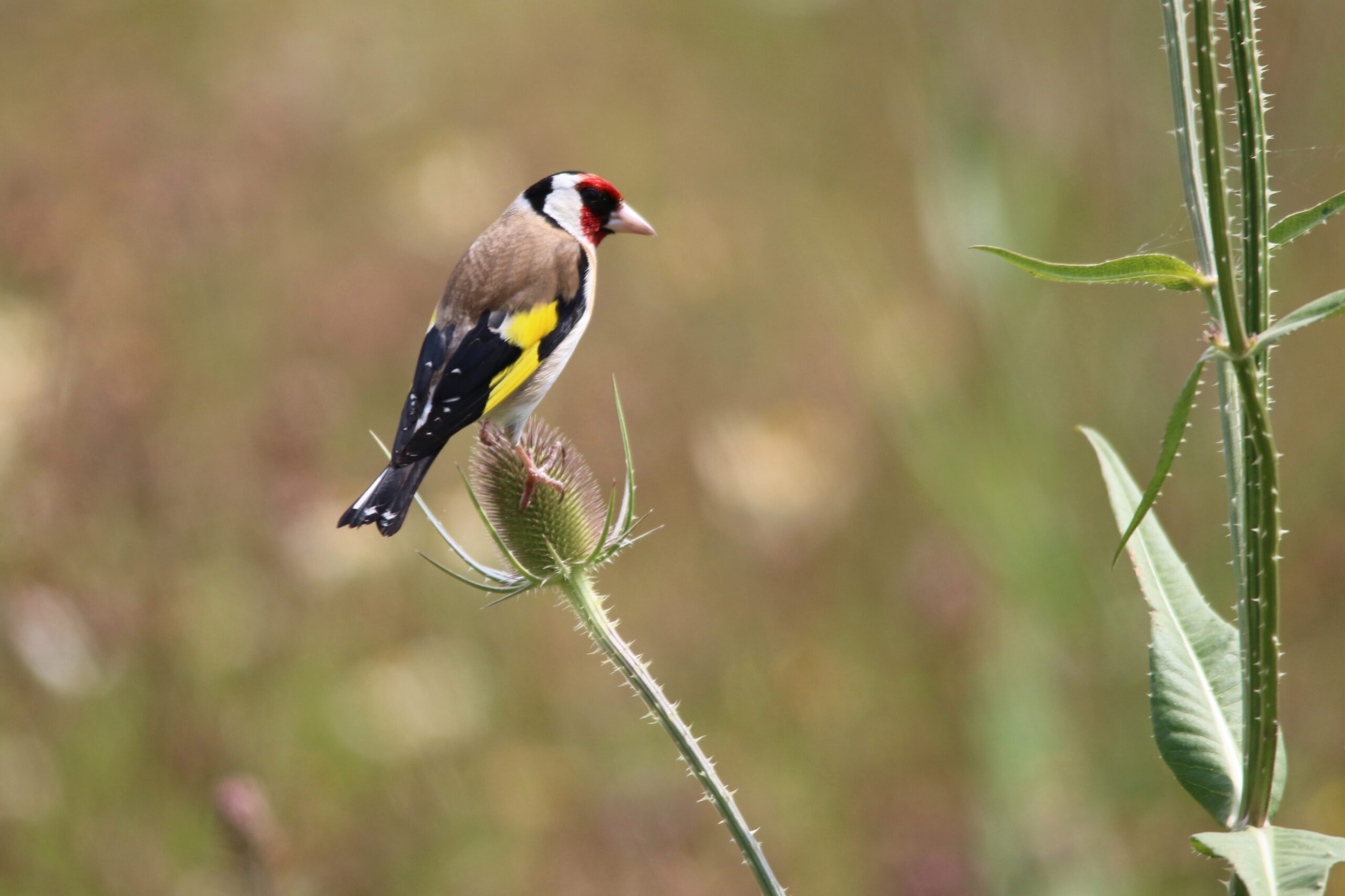
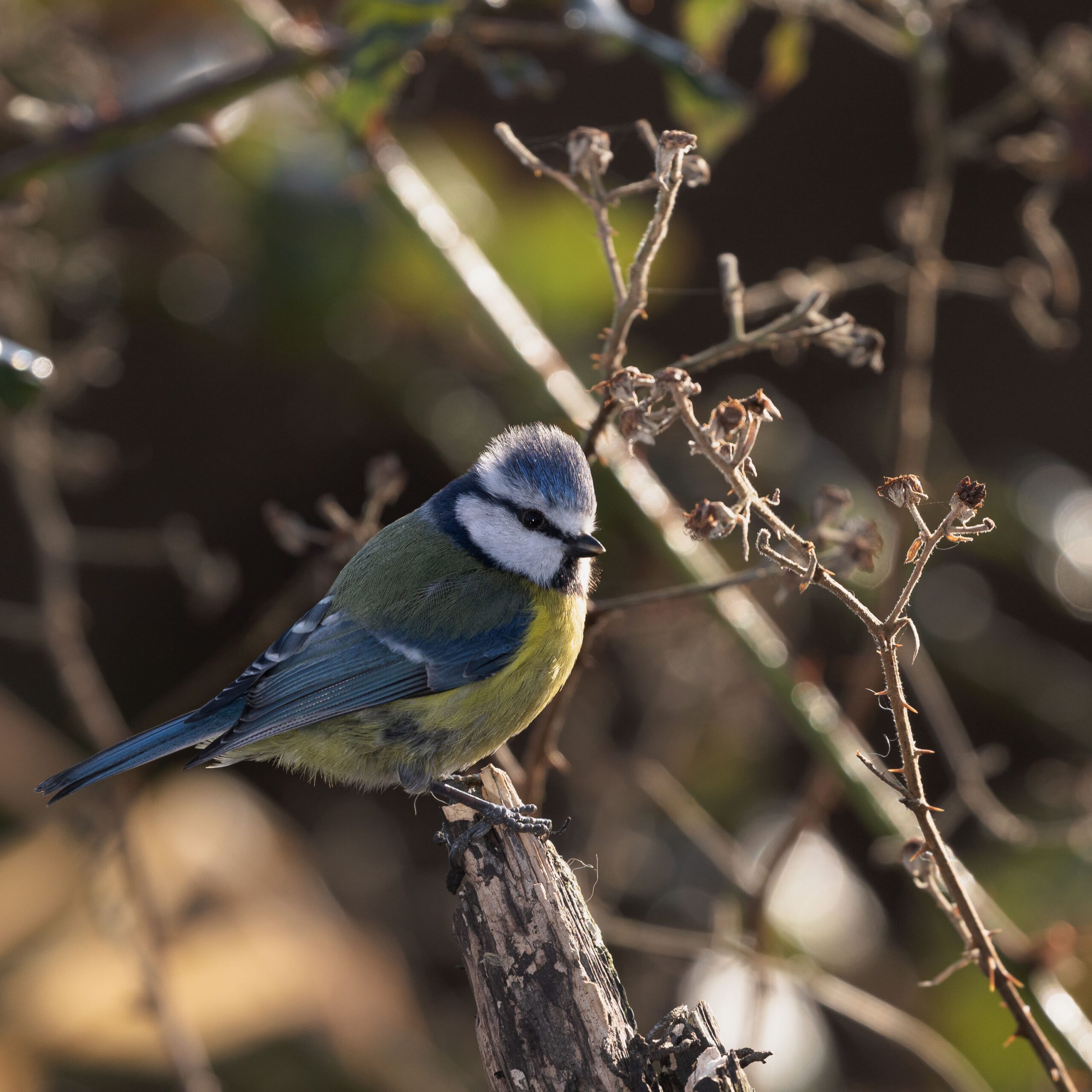
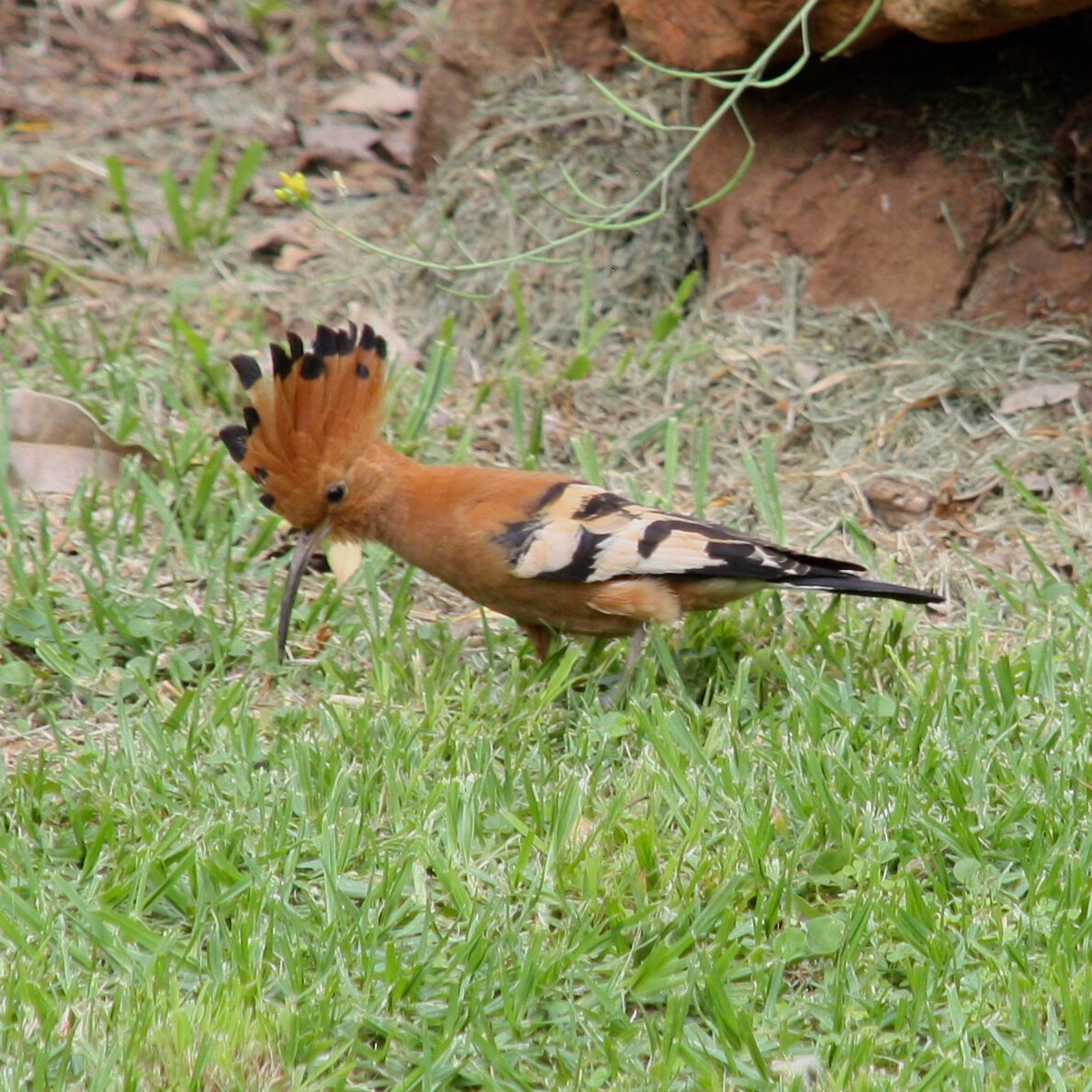
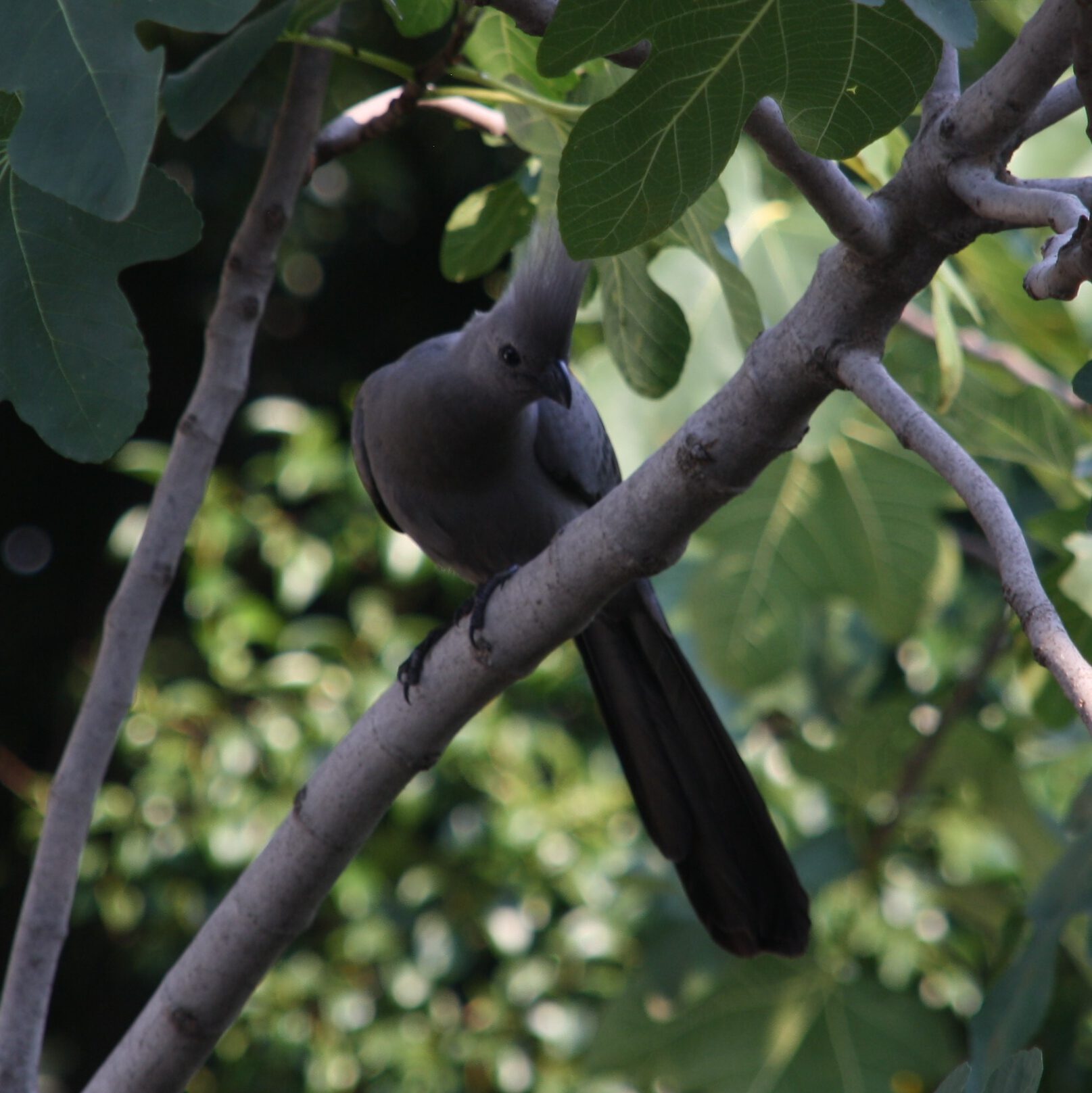


I only really became interested in birding once I was studying for my Bachelors degree and we had a super enthusiastic professor giving us habitat monitoring assignments that required lots of birding skills. I now almost always carry a bird book with me and pencil sightings of the species I see into them. Its in a way a collection that doesn’t clutter up my house.
This Month I challenge you to take some steps to invite birds into your garden, yard, balcony or windowsill.
Feed Them
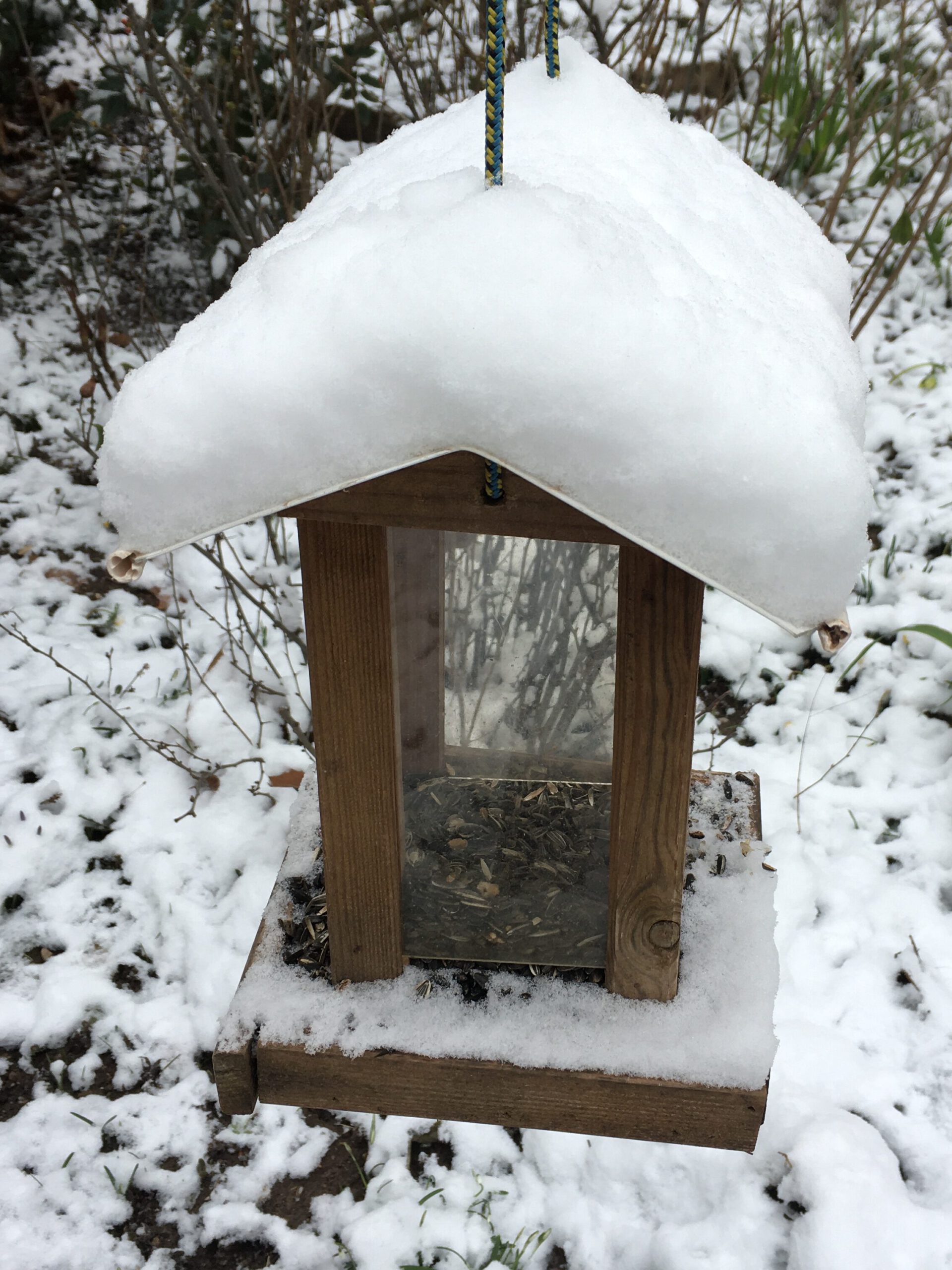
There are at least 12.000 bird species world wide. Naturally, they don’t all have the same diet. Some eat seeds, some eat insects, some eat fruit, some eat other plant material, some eat nectar or plant sap, some eat meat, some eat pretty much anything.
My mother has a wild crow visit her balcony regularly. She gives it cheese and chicken bones. Over the years the crow has grown to trust us more and more but its stays polite. We call the crow Cindy Crow-Ford. I wouldn’t recommend leaving animal products out unless you live in a truly wild environment. The risk of attracting rats or the food spoiling and smelling before a bird finds it is pretty high.
Here are some ideas for bird foods you can put out:
- Store bought bird feed. Your local garden center will probably stock mixes that suit the local species.
- Millet
- Sunflower seeds
- Peanuts. Shelled or in the shell or 100% pure peanut butter. Squirrels might also show up for these.
- Corn on the cob. Dried and suspended by a string so that rodents have a harder time reaching it.
- Any seeds in your pantry that may have gotten moths or bugs in them. If filtering the bugs out doesn’t work, give it to the birds. They will like the seeds AND the bugs.
- Mealworms and other freeze-dried insects (pet shop)
- Apples, pears, plums, peaches… Sliced or whole. Or if you have a fruit tree in your garden, you can leave some of the fruit on the tree. Especially apples can help birds get through winter this way.
- Raisins or currants, soaked overnight.
- Orange slices, overripe mangoes, banana, melon slices… This I have only seen in tropical countries where more fruit eating birds occur. I also saw that some of the birds made quite a bit of a mess with the fruit.
- Lettuce. This, by the way, along with things like split peas, is a better diet for ducks and geese than dried bread. Bread makes the waterfowl bloat and ill, and the bread left in the water can cause unnatural algal development, the water looses oxygen content, killing the microorganisms in the water and you are left with a black, stinking soup for a pond. Feed your dried bread to farm animals instead or make Knödel.
- Sugar-water. Put it in special feeders for hummingbirds (Americas) or sunbirds (warm regions in Africa, Asia and Australasia). Do not add food colouring as this is bad for the birds. Make the Feeder red instead to optically attract the nectar lovers.
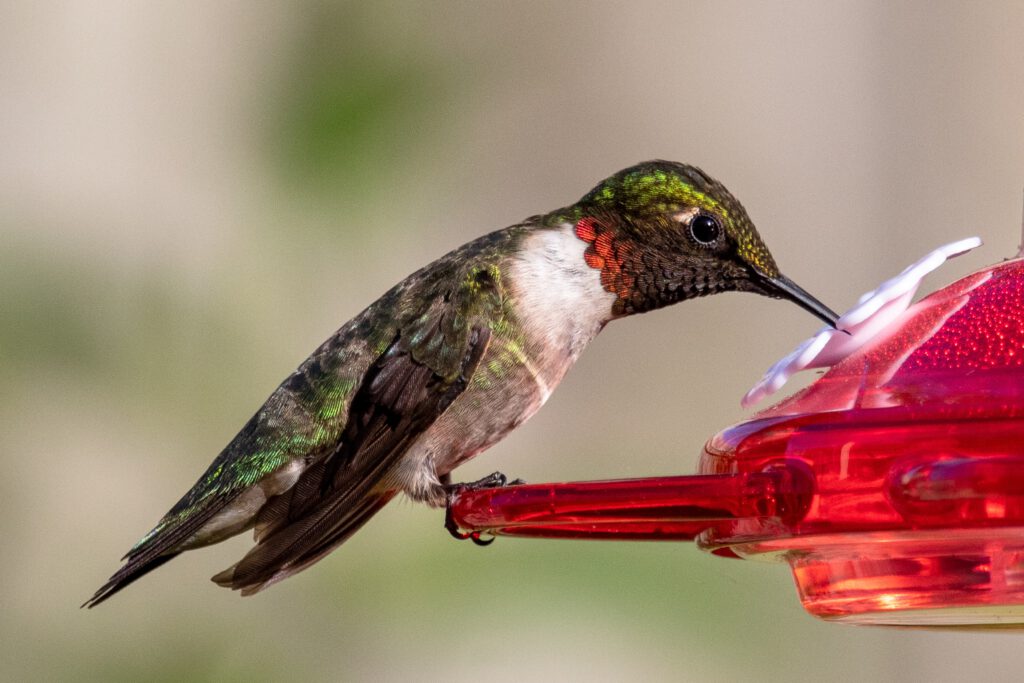
Water Them
Especially in hot weather, offering a place to re-hydrate and cool off is a very persuasive method of inviting birds to your house. A birdbath makes a beautiful addition to any green space. You can buy them or make one out of any shallow dish, preferably made of ceramic, or stone. Metal can get hot in the sun, so try to place that in the shade. make sure it is not too deep so small bids can stand in the water with just their bellies touching the surface of the water. Or create variation in water depth by adding some stones. Bees and other insects will also profit from shallow waters they can safely drink from without falling in.
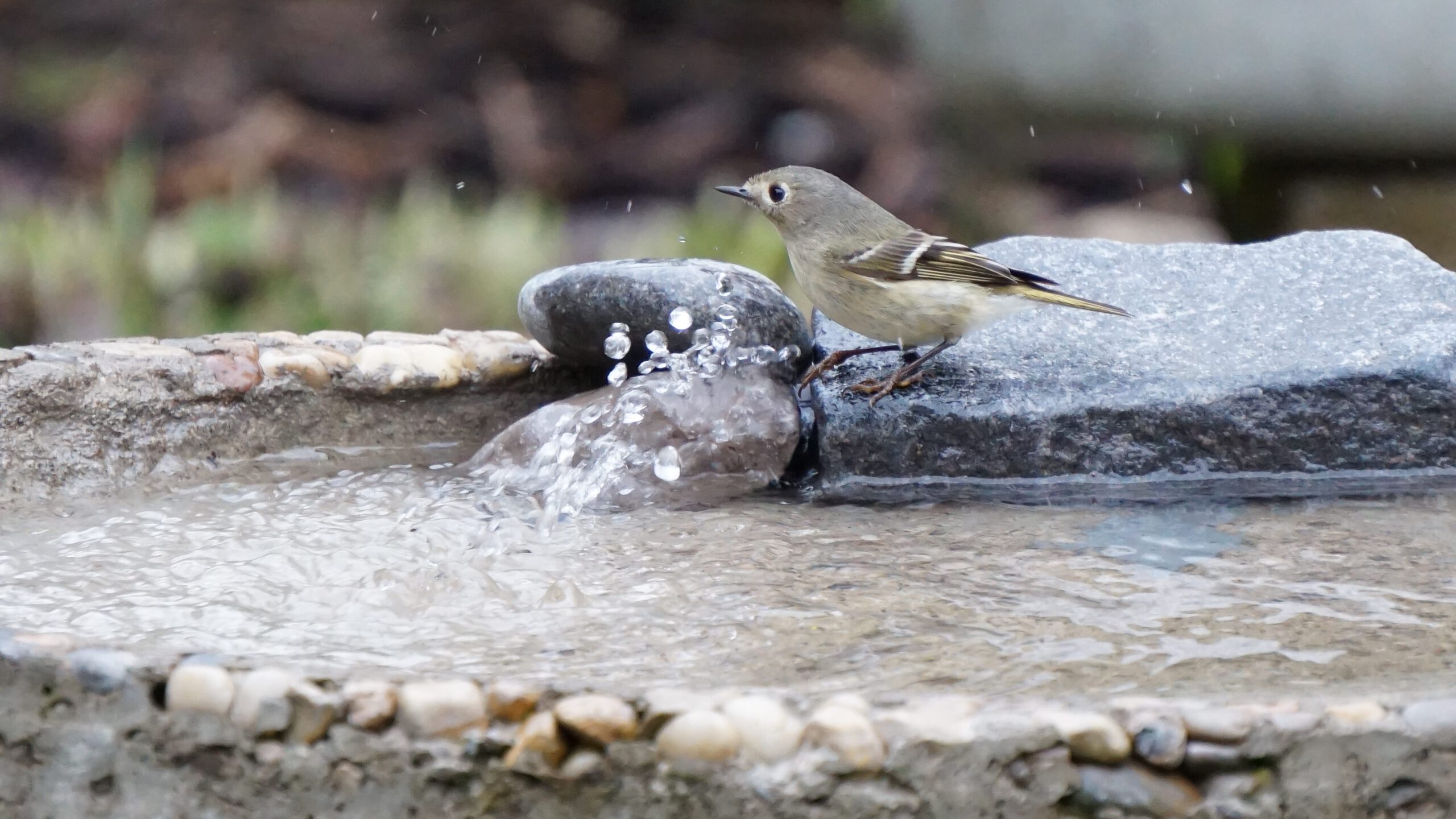
When the weather is hot, algae can develop quickly in the sallow waters, especially if exposed to direct sunlight. Make sure to keep your birdbaths clean during this time.
House Them
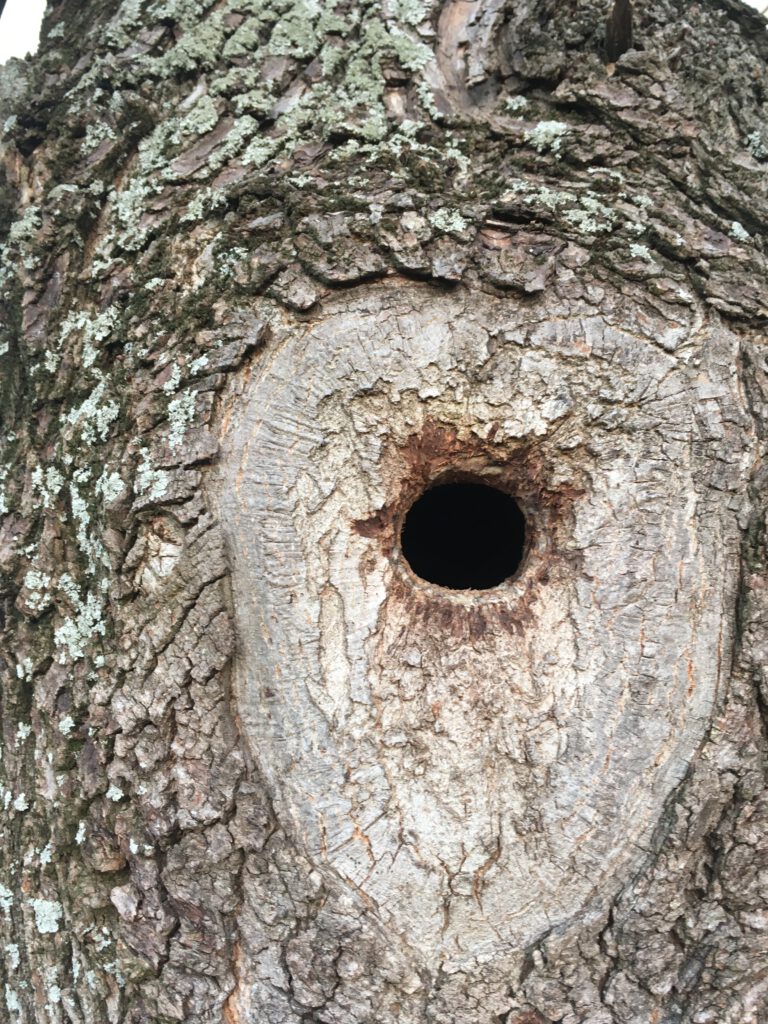
One big reason for the decline of many bird populations is that there are less and less natural places to nest in, such as old trees with holes in them. So you can help by adding artificial hollow trees, artificial hollows in bushes, or artificial rock cliffs and other safe places to put a nest
There a many different birdhouses for sale in all shapes and sizes. There are websites selling specific shapes for very specific species. These are often quite expensive. But you can use these websites to see what your birdhouse should look like if you would like to invite a specific species. One Brand to look at is called Schwegler and available in many different online shops. Their products are super professional and tailored to specific bird species, but are not super esthetic and can be rather expensive. I can also recommend an online shop called Vivara (they have shops in many European countries). Their products tend to be a little less “professional” but they have prettier but still sensible designs. If your garden center is one of the more professional ones, they can give you advice on what to get. Generally I recommend using houses made of wood or concrete, as these have the best thermal regulation.
Don’t be disappointed if birds don’t immediately move in. It can even take a few years of withering before birds will accept it. The bird-friendlier you keep your garden overall, the more likely that they will go house hunting there too.
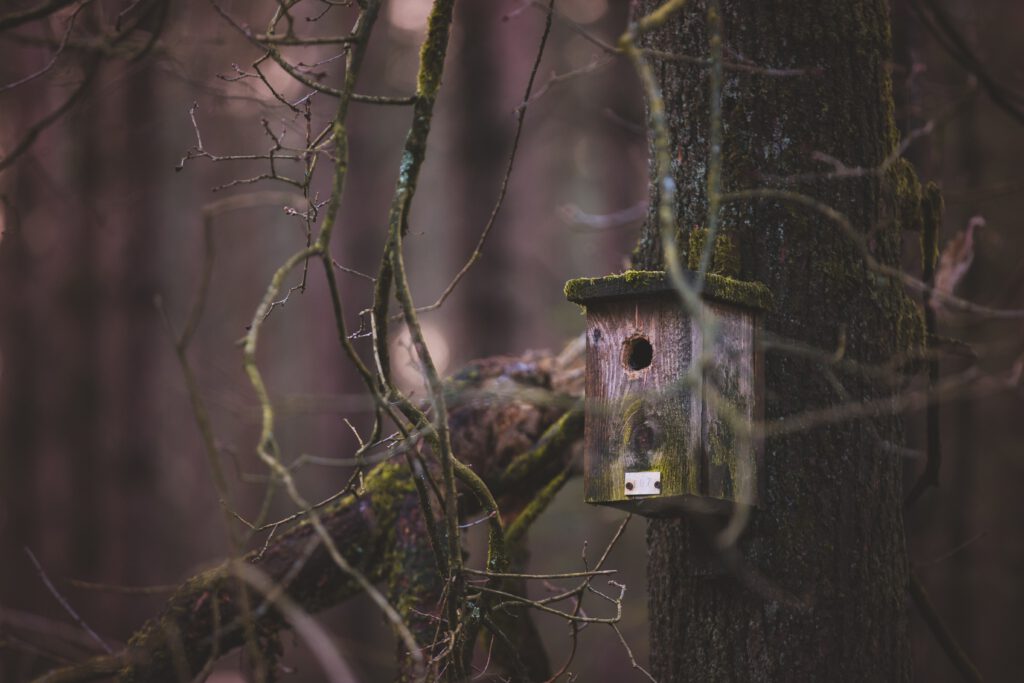
If birds do nest in your bird houses for a season, I recommend, cleaning them out after their tenants have left. Just sweeping out the nest and dirt and rinsing the inside with hot water will prevent mold and get rid of parasites. Put the house back were it was and there’s a high chance of the birds repeating their nesting activity in the next year.
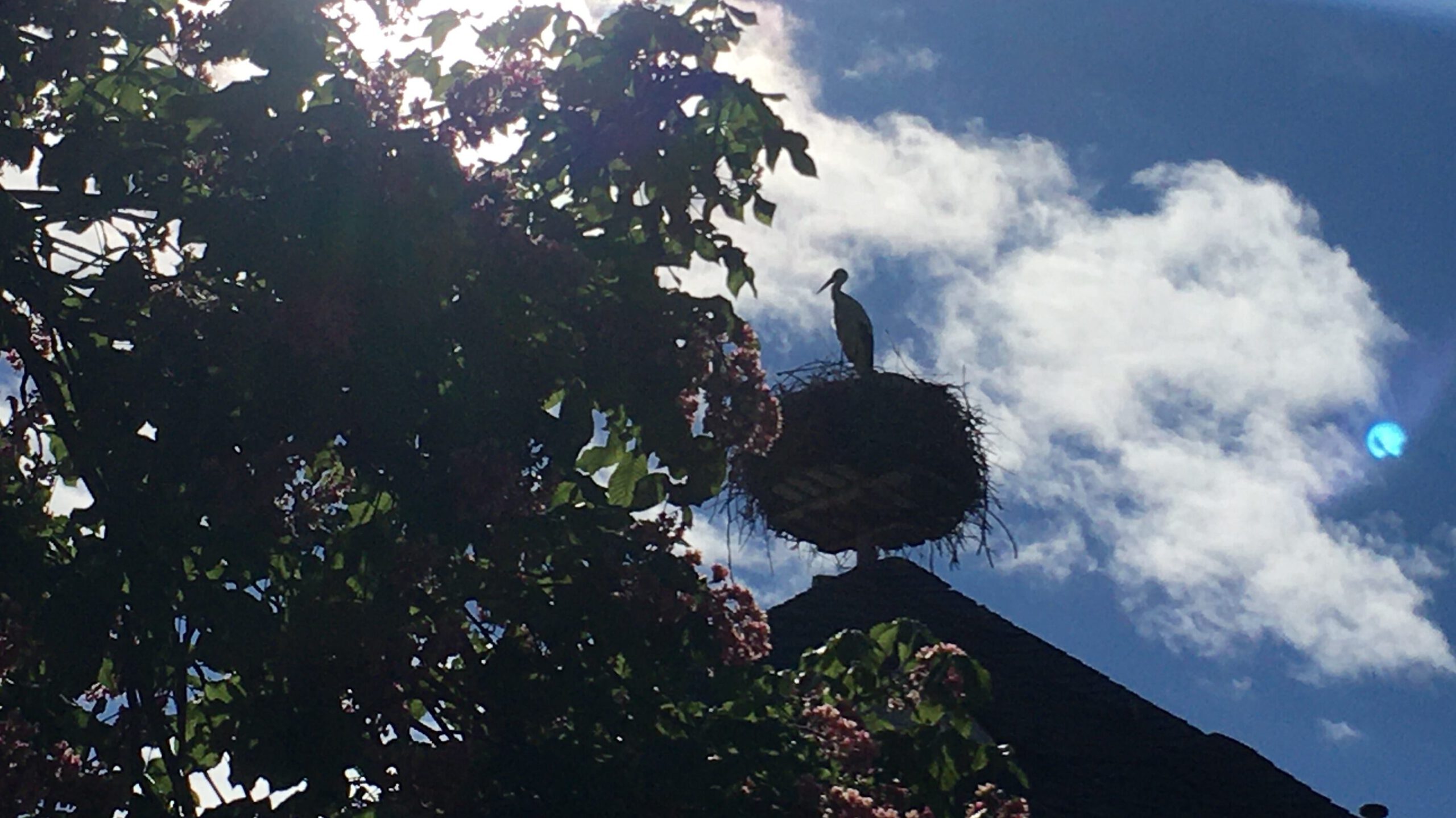
Offering storks platforms on roofs is said to have helped in the recovery of the white stork population in Europe.
Bird Friendly Gardening 101
Plant Indigenous Shrubs And Trees
This makes sense when we look into ecology and evolution: The ecosystem you live in, has evolved over the course of millions of years. The animals and plants within it are perfectly matched with one another to form a web of giving and taking, so intricate, we are only at the very beginning of understanding the function of each species within their system.
So when we plant plant species that have been occurring in this area already, there will be more bird species adapted to eating and being able to digest the fruit.
Here is one example I borrowed from a local nature conservation group in Germany:
If I plant the native Acer pseudoplatanus here in central Europe, it can feed 20 different bird species. If I plant the fiery red Acer ginnala, which is native to north eastern Asia, it will only feed 3 central European Bird species. Both of these trees are maples, but your choice of the individual species can make a big difference. If you live north-easterly of Mongolia, Acer ginnala is a very pretty tree to put in your garden.
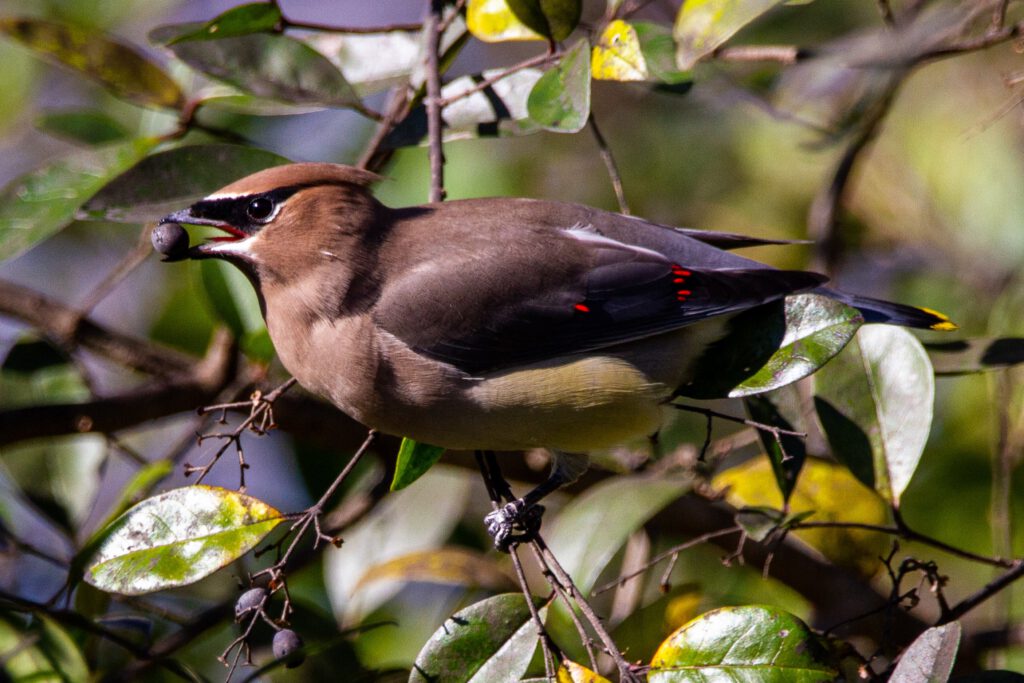
Plant Plants That Will Carry Fruit Or Seeds Throughout The Winter
Besides choosing native plants for your garden, it is also good to choose plants that bear fruit and seeds. Ideally a combination of plants so that there is always some fruit or seed available throughout the year. Now, if you live in a warm climate, that is usually very easy to do. If you live in a place where there are winters, plant things that carry seeds through winter, even if the actual plant may even die.
Sunflowers are good examples. The dead flowers continue to stand around, maybe with drooping heads, but still laden with seeds. Corn may also do this. If it is rainy during winter, I advise to cut the flower heads etc and hang them outside under a roof where they cant get wet and rot.
Apples can cold some of their fruit on their bare branches during winter, although if there are too many this might not be good for the health of the tree.
Ivy takes many years to actually bloom and bear fruit. But when it does, it is loved by bees, and loved by many bird species, especially thrushes, for nesting and for its berries.
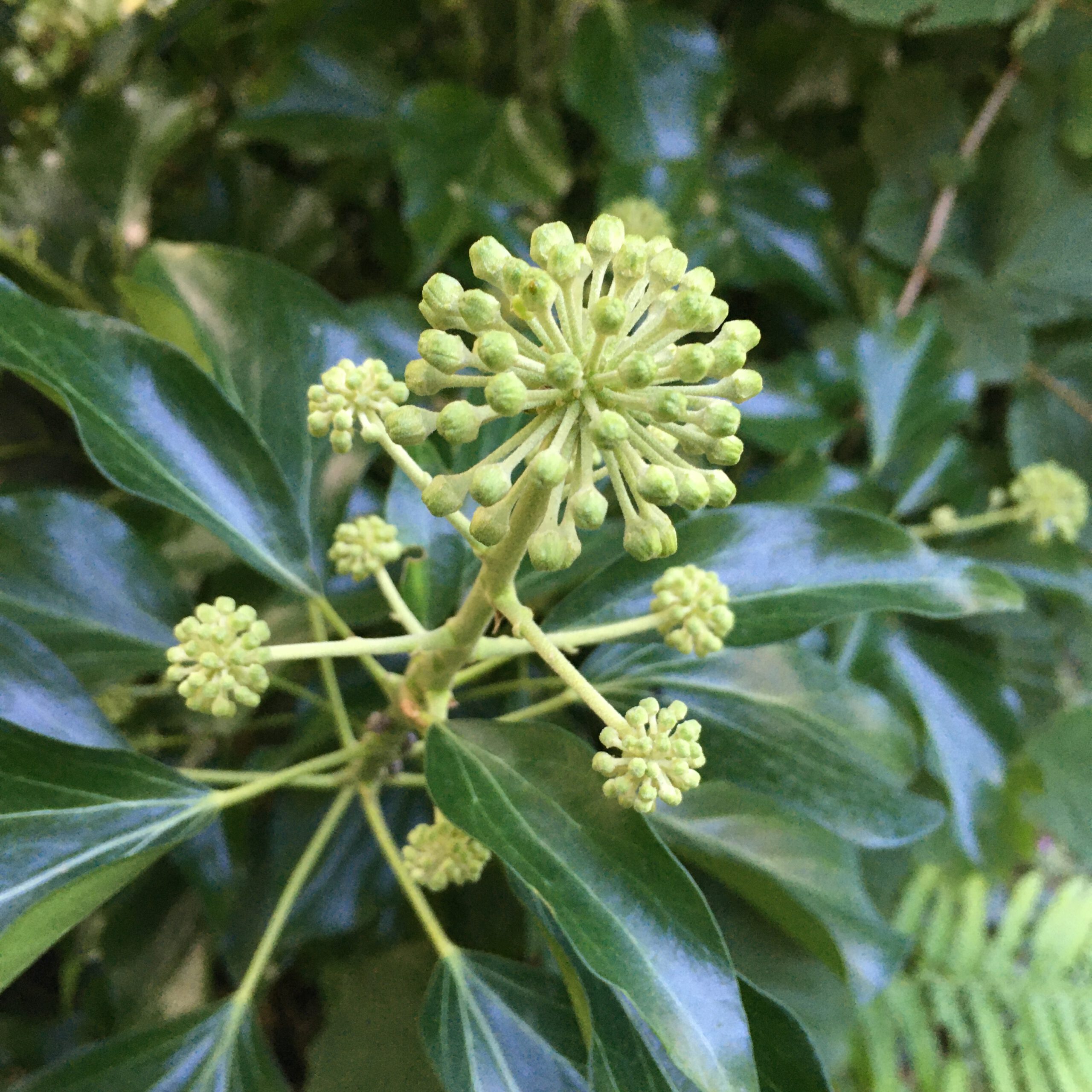
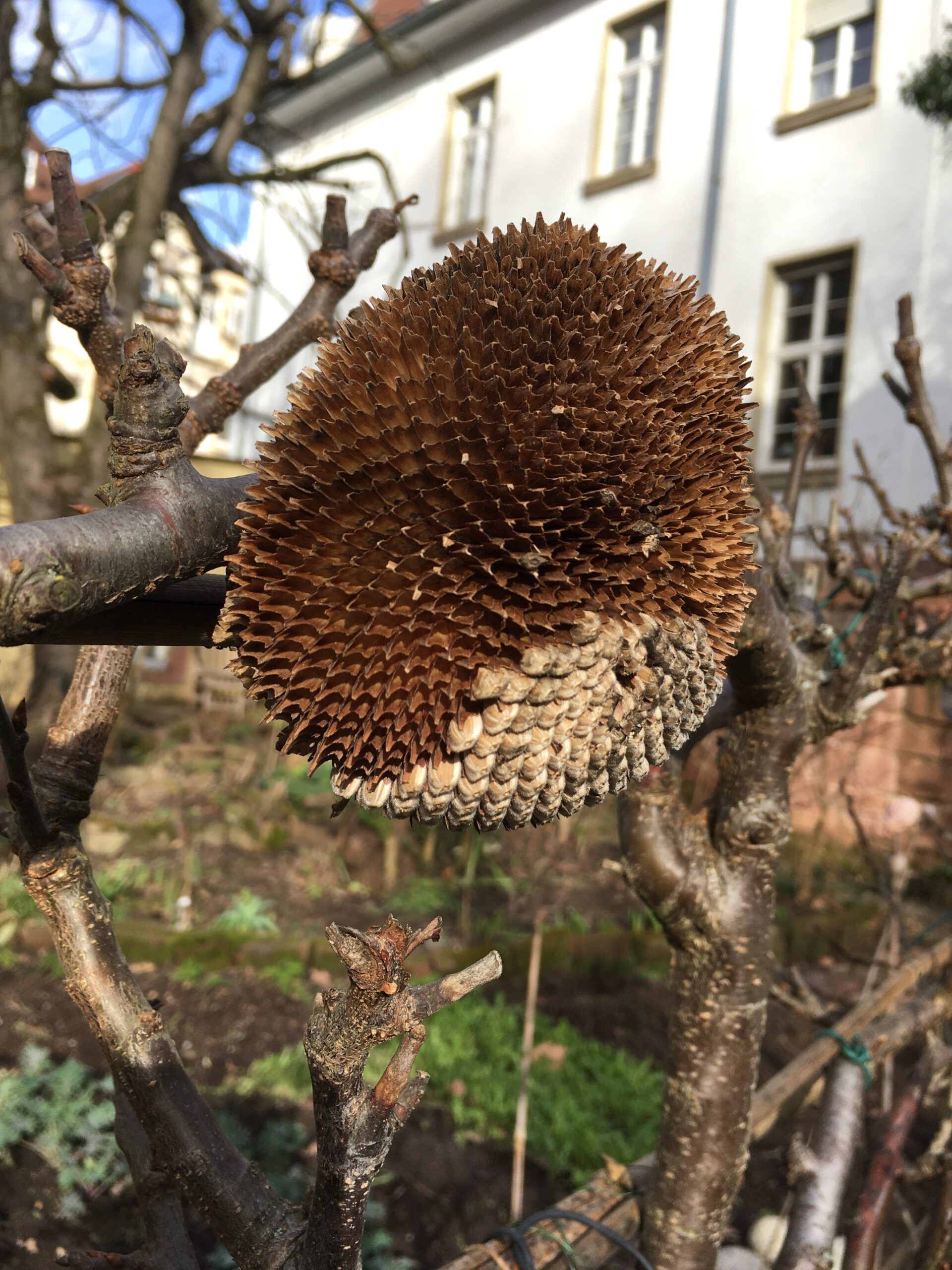
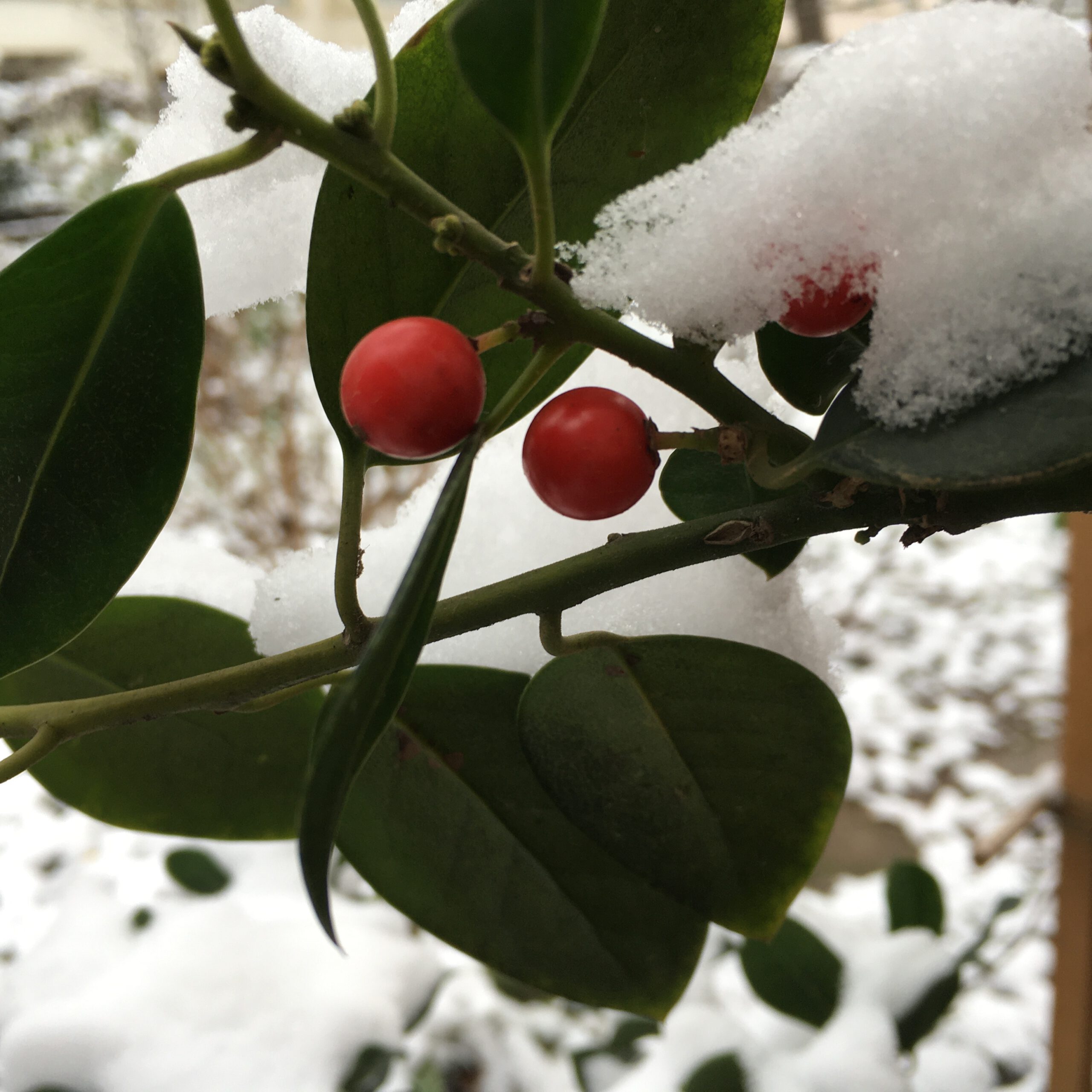
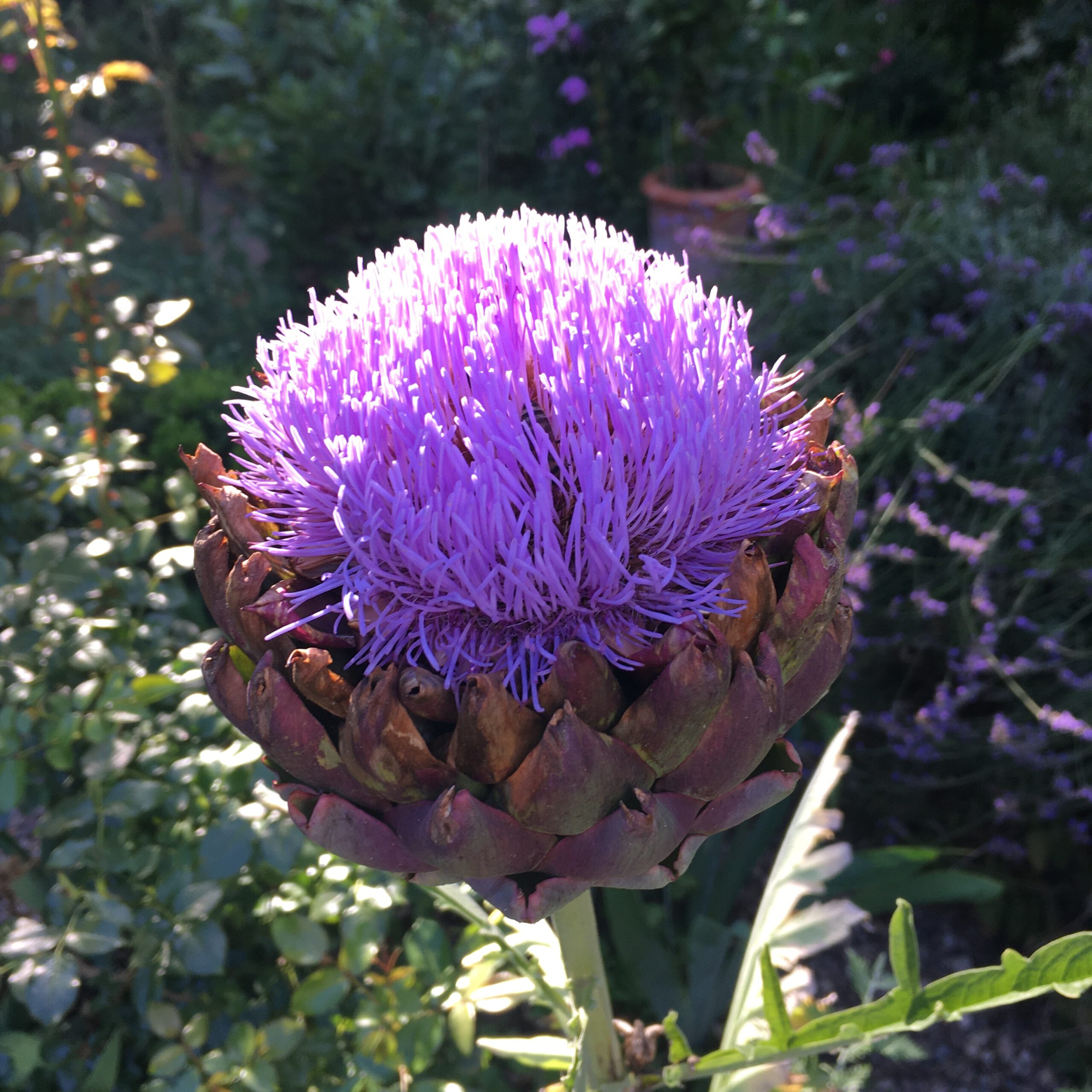
Other plants popular with birds are: Roses (let the rose hips develop), birches, wild cherries and anything in the Prunus genus, and most bushes that carry any kind of berry, edible to humans or not.
Keep Your Garden Natural
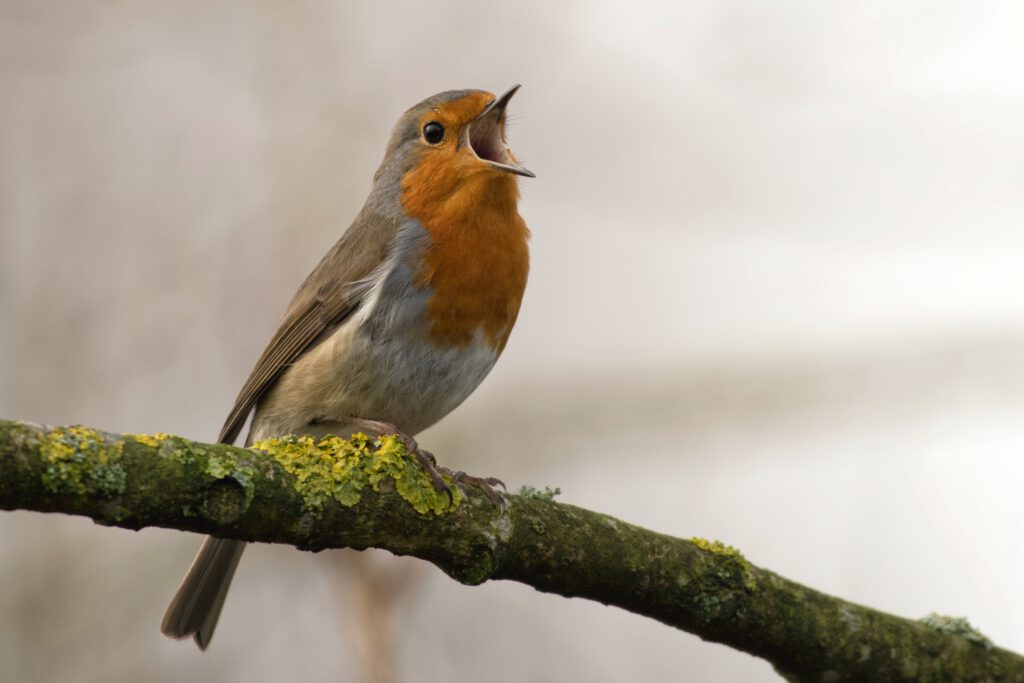
I know I have written about this many times on this blog already. Let your garden stay a little bit messy. Let fallen leaves lie in the flowerbeds. Or mulch with cut grass and leaves. This is the ideal hiding place for insects that birds want to eat. It is also prime worm food and will improve the quality of your soil over time.
Also let some areas of your garden stay bushy and wild. This permits small animals, including birds to feel safer in your garden.
Keep An Eye On Carnivorous Pets
House cats, outside of Africa, where cats naturally occur, are, along with window-collision, the biggest cause of premature bird-death.
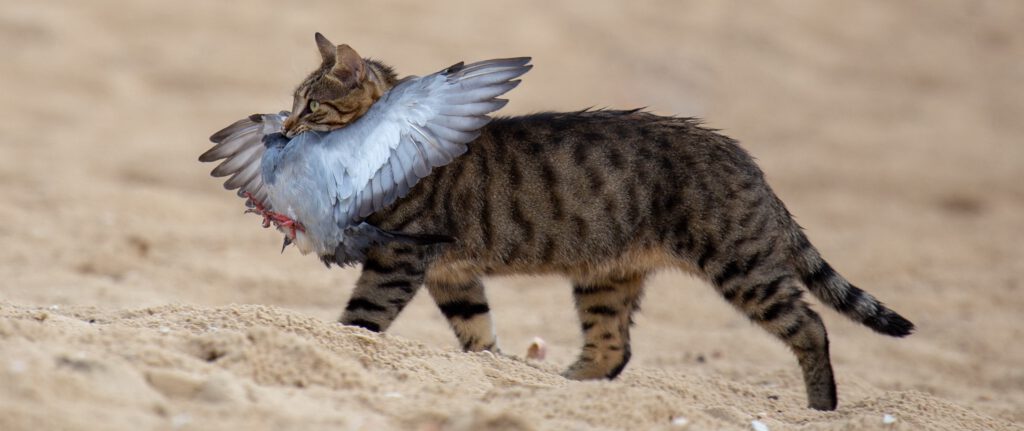
If you have a cat, try putting a bell around her neck. Our family cat hated it and would almost strangle herself trying to get the collar off. So we resulted to putting the feeders in cat-inaccessible positions. You can suspend a feeder from a long string, or if the feeder is on a post of some sort, you can put a “spike collar” around the post to make it harder for predators to climb it.
If you don’t own a cat but your neighbours do, you can try keeping them out by sprinkling used coffee grinds around the border of your property. When our cat died, the neighbours’ cats would come into our garden. We shooed and chased them away whenever we saw them and now they have learned not to come on the property. At least not during the day. My parents’ garden is now full of many different birds.
One thing your furry pet can provide for birds though is nesting material: Collect the shed fur (the woollier and softer the better) and offer bushels of it during nesting season, by sticking it on twigs in your garden. I also offer my own hair after cleaning up my hairbrush.
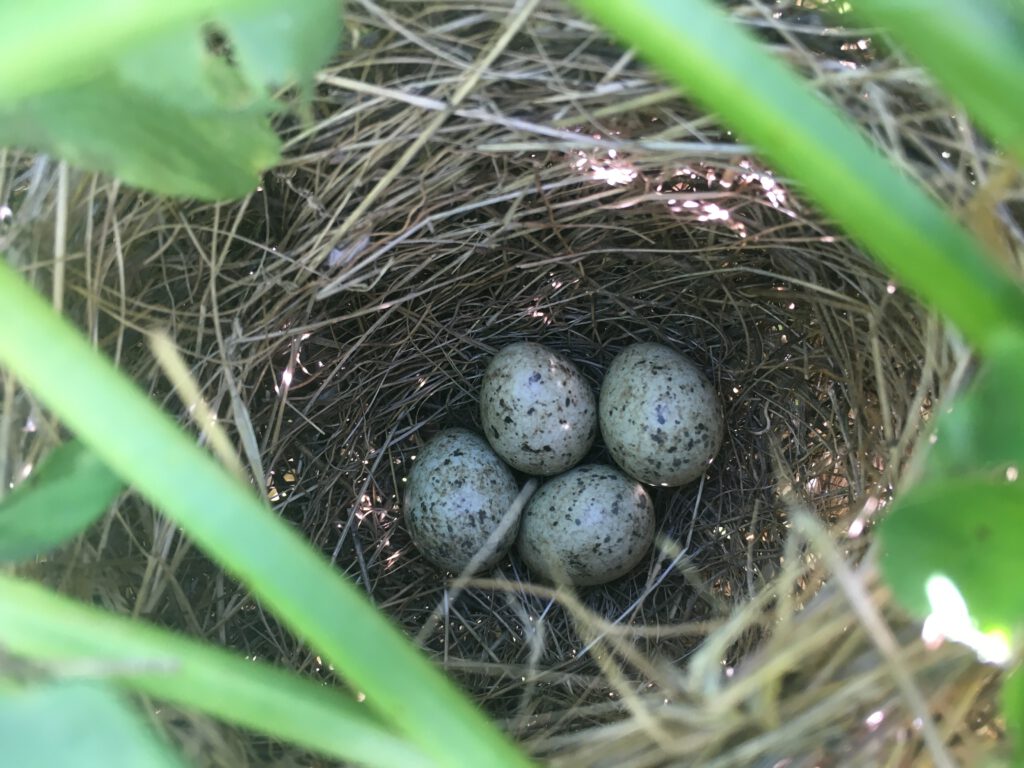
** This Post includes links to online shops and recommendations for specific brands. I do not receive any reimbursement for these recommendations.
** Photo credits: Title image / Cardinal by George Berberich; Gold finch by Steve Harrris; Blue tit by David Griffiths; Hummingbird by Joshua J. Cotten, Birdbath by Timothy Kindrachuk; Birdhouse by Zoë Gayah Jonker; Waxwing by Joshua J. Cotten; Robin by Jan Meeus; cat Photo by Gregory Atkats; all others by me.

